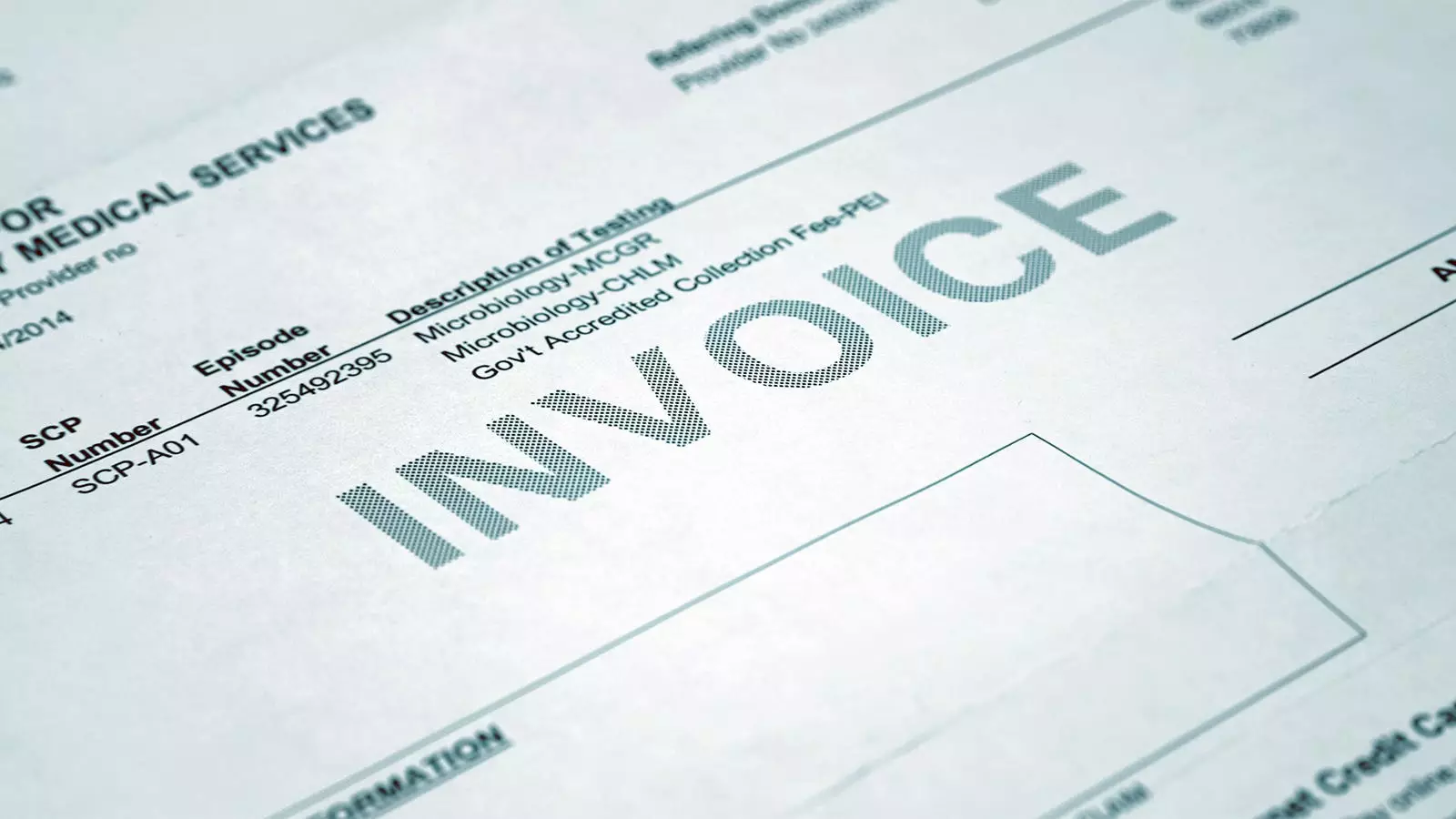Health spending in the United States has always been a topic of great concern. It is an issue that affects individuals, families, and the entire nation. In 2022, health spending in the U.S. rose by 4.1%, reaching a staggering $4.5 trillion. While this increase is lower than the 10.6% growth seen in 2020, it is still a significant rise. The Centers for Medicare & Medicaid Services (CMS) announced these findings, shedding light on the state of health spending in the country.
The gradual disappearance of COVID-19-related federal spending in 2021 and 2022 contributed to the lower growth rates compared to the previous year. In response to the pandemic, significant federal spending was allocated towards healthcare in 2020. Anne Martin, of the National Health Statistics Group in the CMS Office of the Actuary, explained that this decline in spending growth was primarily due to the discontinuation of COVID-19-related funds.
When analyzing the overall expenditure, it becomes clear that personal healthcare goods and services accounted for 83% of the total health expenditure. Following closely, the net cost of health insurance occupied 6% of the spending, while public health activity and healthcare investment both shared a 5% portion. Government administration costs made up the remaining 1%.
Taking a closer look at how the money was distributed, it is evident that 30% of the overall healthcare expenditure went towards hospital care. “Other spending,” including dental services, home health services, and durable medical equipment, accounted for 23% of the expenses. Physician and clinical services followed at 20%, with prescription drugs constituting 9% of the spending.
While spending on physician and clinical services in 2022 reached $884.9 billion, it experienced a slower rate of growth compared to the previous year. The increase was only 2.7% in 2022, compared to the 5.3% growth registered in 2021. Several factors contributed to this deceleration, such as slower spending growth by Medicare, Medicaid, and patients paying out of pocket. Furthermore, there was a slowdown in the growth of prices within this category.
Retail prescription drug spending saw an 8.4% increase in 2022, outpacing the growth rates of 6.8% in 2021 and 4.4% in 2020. Medicare, the out-of-pocket category, and Medicaid experienced growth in prescription spending. For the first time in four years, prices for prescription drugs also rose by 1.2%.
Around 72% of the total healthcare expenditure was funded by health insurers, including Medicare, Medicaid, private health insurance, and other government payers. Out-of-pocket spending made up 11% of the funds, while another 8% came from other third-party payers and programs. This includes Workers’ Compensation, school health programs, and the Indian Health Service.
Specifically looking at Medicare, spending in 2022 reached $944.3 billion, with an increase of 5.9%. This rise was partly due to a 2% increase in Medicare enrollment. However, per-enrollee spending dropped by 3.8% due to slower growth in spending on hospital care and physician and clinical services. Medicare spending was evenly divided between beneficiaries enrolled in fee-for-service Medicare and those in Medicare Advantage plans administered by private health insurers. Medicaid spending, on the other hand, totaled $805.7 billion, with a nearly 10% increase and enrolled growth of 7.2% in 2022.
The number of uninsured individuals has gradually decreased. In 2022, it dropped to 26.6 million from 31.8 million in 2019. Simultaneously, the insured share of the population has risen from 90.3% in 2019 to 92.0% in 2022. This increase can be attributed to more individuals purchasing insurance through the Affordable Care Act marketplaces and obtaining employer-sponsored insurance.
Healthcare expenditure is a significant component of the Gross Domestic Product (GDP). In 2022, healthcare spending accounted for 17.3% of the GDP, down from the peak of 19.5% in 2020. However, this percentage is consistent with the average share of 17.5% during the years 2016-2019. This trend indicates that health spending continues to be a substantial segment of the nation’s economic activity.
The state of health spending in the United States is a complex issue that requires continuous analysis. The rise in healthcare expenditure in 2022, albeit slower than previous years, indicates the significant financial burden on individuals, insurers, and the government. It is crucial to address the factors contributing to this expansion, such as rising prices and spending growth rates. By understanding the different categories of spending and funding sources, policymakers can work towards achieving a more sustainable and accessible healthcare system for all Americans.


Leave a Reply